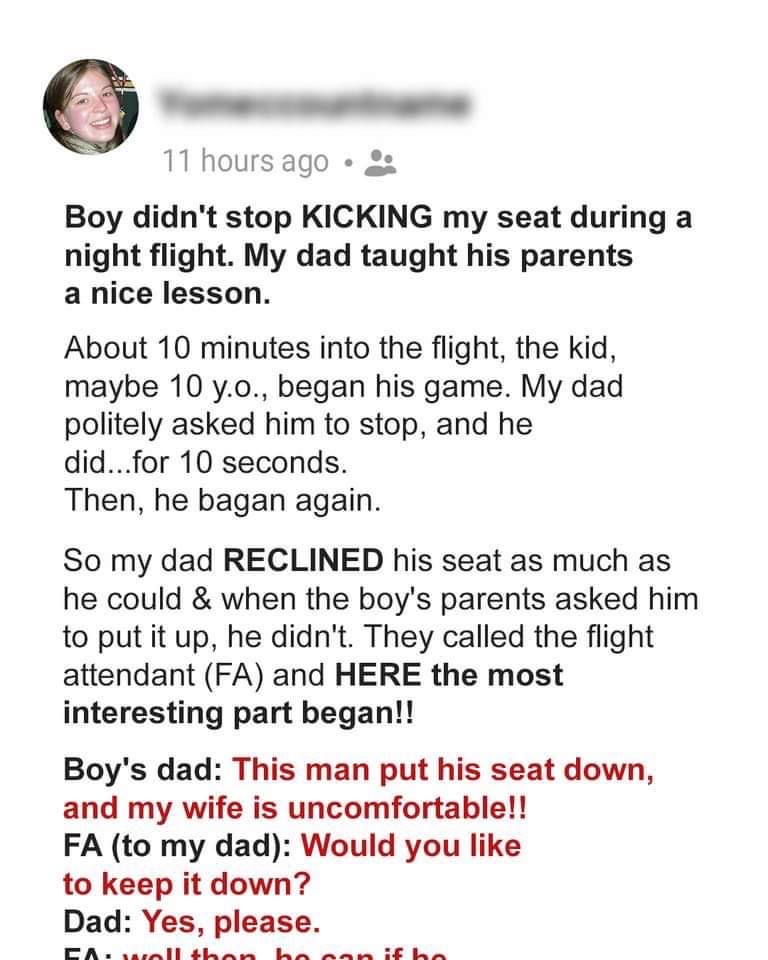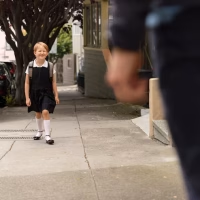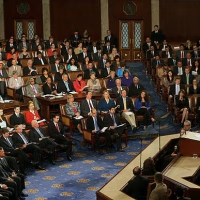Are you ever curious how often they clean the inside of a plane or where the food really comes from? After years of experience in the industry, flight attendants have seen it all and are ready to spill all of the secrets they’ve learned. Since flying is supposed to be a fun experience, it’s about time to feel more adequately prepared. So if you’re ready to uncover the things that have been kept under wraps for so long, here’s your sneak peek at the inner workings of the airline industry.
Flight Attendants Are Assessing You Once You Step Foot on the Plane
When the flight crew greets you upon entering the aircraft, do you think it is just a polite formality? Well, most people think this practice is intended to make passengers feel comfortable and show how friendly the flight attendants are. It is true to some extent, but the crew members also use this as an opportunity to assess the passengers and look for anything suspicious or out of the ordinary. The greeting is a way to get a better idea of passengers who could possibly be problematic or may be intoxicated.
The Crew Members Usually Skip the Airplane Food
Did you know that those in the cockpit usually eat different meals? While there is no written rule by aviation authorities, airlines sometimes like to differentiate the meals between pilots and co-pilots. The reasoning behind this is, that if there happened to be a rare occurrence in which the pilots had food poisoning, it’s better to have one healthy pilot than two sick! The flight attendants are often offered the same food as the passengers but more often opt to bring their own food on board. Airplane food is not exactly known to be gourmet so packing your own food on your next journey isn’t that bad of an idea.
The Most Stolen Item From Airplanes
Surprisingly, the most common stolen item off of airplanes is the life vests! Do you know the pre-flight emergency procedures all the flight attendants demonstrate? Well, that includes the briefing about how to use the life jacket to help you float. Apparently, people aren’t using it for what it’s intended because they’re disappearing off of more and more flights. You may want to check that your flotation device is there before the plane takes off next time! If you’re considering taking one of these, don’t! It’s strictly needed for emergencies, and how terrible would it be if there weren’t enough when a real crisis happened?
Budget-Friendly Airlines Are Just as Safe
If you have ever traveled on a budget airline, you may have wondered whether purchasing a ticket at a discount means you are also gambling on your safety. Thankfully you can relax because there is no need to worry about this sort of thing! Airlines would never compromise on the safety of passengers while determining ticket pricing, so your safety can be guaranteed just as it would be for a full-price ticket. For plane tickets that are cheap, airlines usually customize other aspects such as seat selection, baggage fees, and legroom amenities to make more money.
Do Not Lean on the Window
Most people absolutely love the window seats! And if you’re in the window seat, you’ll probably lean your head against it. Well, you might want to think again. One flight attendant shared that the windows are never wiped down and overflowing with germs! So many passengers lean their heads on the window, and kids wipe their hands all over them all the time! Well, there goes everyone’s favorite seat; best to avoid that from now on. Or better yet, just bring disinfectant wipes and wipe everything down in your area as soon as your board your plane!
You’re Mostly Flying on Autopilot
If you’ve ever wondered how often the autopilot feature is actually used during flights, you’d be surprised to know that pilots activate autopilot for almost 90% of commercial flights! However this is no cause for concern so don’t freak out, pilots are still very present. And they have full control of the most important and critical moments of the flight: the takeoff, landing, and taxing to the gate. The autopilot is only used for the cruising periods of the flight and simply allows the pilot to focus on other tasks such as communication operation and navigation.
Categories:
NEWS








